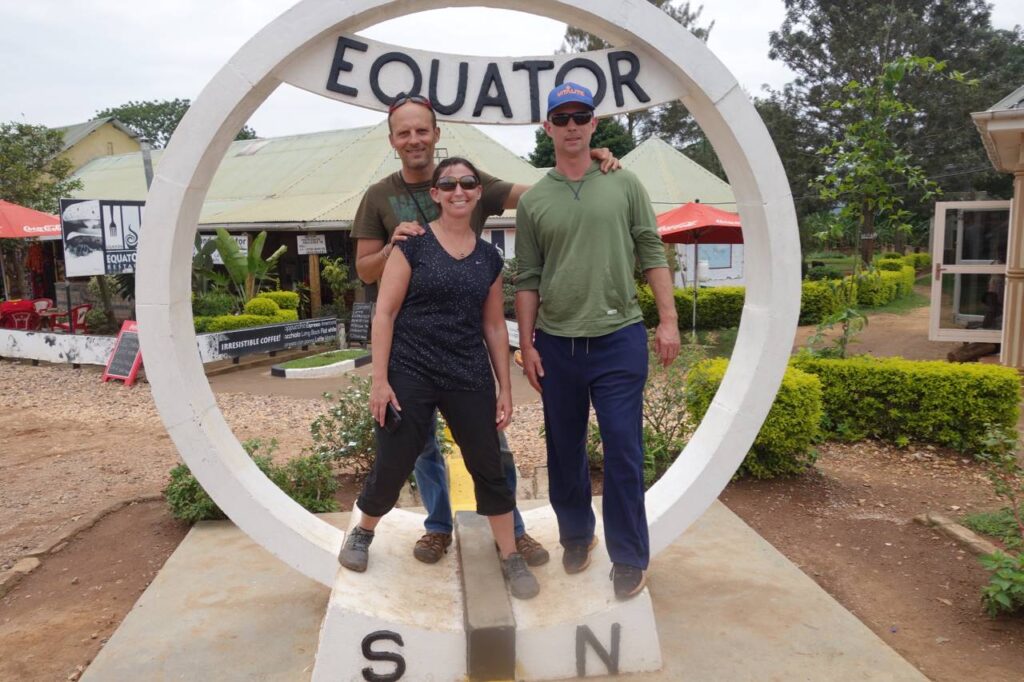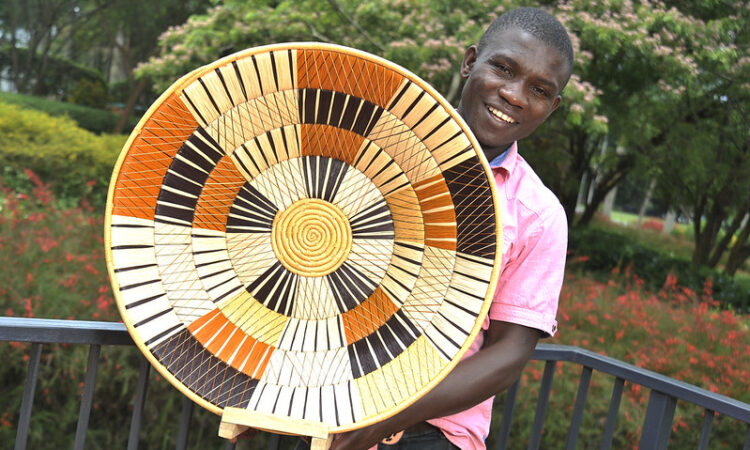Explore The Uganda Equator
Explore The Uganda Equator: Uganda is one of the 13 nations across which the Equator travels, making it significant. Ecuador, Brazil, Somalia, Kenya, Democratic Republic of Congo, Colombia, Indonesia, Maldives, Gabon, Republic of Congo, Kiribati, and Sao Tome & Principe are among the other nations that the equator crosses. The northern and southern hemispheres of the globe are separated by an imaginary line known as the equator. Fun fact: Because of the warm equatorial temperature, regions across the equator experience dry and wet seasons instead of winter, summer, autumn/fall, and spring. This is because the areas surrounding the equator are often warm all year round. The Equator travels directly across Uganda, passing via the Democratic Republic of the Congo in the west, then east, and finally into Kenya. It passes through the tropical islands of Lwaji and Damba Island in Lake Victoria as well as 12 districts: Kasese, Ibanda, Kazo, Kitagwenda, Bukomansimbi, Sembabule, Mayuge, Mpigi, Namayingo, Butambala, Kalungu, and Buvuma. Three equator landmarks—Entebbe, Kayabwe in Mpigi county, and Kasese—have statues that depict the north and south poles in Uganda. It should be mentioned that traveling through the equator on a Uganda wildlife safari in western Uganda is possible, particularly prior to arriving in Lake Mburo, Queen Elizabeth, and Kibale national parks. Entebbe, which is roughly 41.8 km away, and Kayabwe, which is 77 km away, are the closest Equator land marks to Kampala, the capital city of Uganda.

Tourist activities at Uganda’s Equator.
Conducting Experiments: The weight experiment can be conducted at Uganda‘s Equator sites, such as Kayabwe in the Mpigi area. It should be mentioned that one feels lighter at 0 degrees latitude because of a weight drop of about 3% because of the strong centrifugal force, which balances out the effects of gravity. When water is poured, it travels straight down in an experiment known as the coriolisis effect. These experiments are exciting and entertaining, and they can really provide answers to the most pressing queries from travelers.

Photography: At the stunning land marks at Kasese, Kayabwe, and Entebbe, individuals or groups can pose for lovely group photos at the north and south poles as a keepsake to mark their trip to Uganda‘s Equator. The surrounding foliage, water features, and buildings in the Equator provide for stunning and colorful photos.
Exploring and Buying Crafts: One can purchase and purchase various Ugandan crafts, including handmade baskets, mats, African print clothing and textiles, exquisite wood carvings and sculptures of objects, animals, and humans, as well as pottery, ceramics, vases, jewelry, accessories, and beads, at the local craft shops and markets, especially at the Equator land mark of Kayabwe Mpigi district. A quick tip for visitors would be to learn how to haggle for a fair price, to consider the quality of the material they are buying, and to support local artisans by making small purchases—any amount will help them continue in business. Visitors are also advised to convert some of their foreign currency into Ugandan money to make purchases easier, particularly in the local markets.

Community Tour: At the Equator Landmark, particularly in Kayabwe in the Mpigi District, visitors can visit the Baganda people, who speak Luganda and are descended from Bantu people. These people have fascinating stories to tell and delicious local food, such as cooked green bananas mashed with g-nut sauce. At the Equator Landmark, one can also visit a local restaurant to sample a variety of regional specialties.
Relaxation at the lodges and hotels: There are hotels and restaurants around Equator land marks where people can eat, drink, and unwind while getting ready for additional travels to different regions of the nation.
Uganda wildlife safari: It is possible to make reservations for a Uganda wildlife safari, for instance, at Lake Mburo and Queen Elizabeth national parks, and then return to your lodging at Entebbe or Kayabwe Equator landmark. In these national parks, one can see a variety of wildlife, including serval cats, forest hogs, red-tailed monkeys, black and white colobus monkeys, rock and blue duikers, squirrels, side-striped and black-backed jackals, baboons, leopards, buffaloes, lions, hyenas, mongooses, sitatunga, pygmy antelopes, reedbucks, serval cats, and bush pigs, among other species.
Uganda birding safari: The Equator passes through national parks like Queen Elizabeth. Once in Kasese, visitors can birdwatch and observe a variety of bird species, including Papyrus gonolek, Black and White Casqued Hornbill, Pink-backed Pelican, Saddle Billed Stork, Red Chested Sunbird, African Skimmer, Black Headed Gonolek, Grey Heron, Great Blue Turaco, Glossy Ibis, Golden Rumped Tinkerbird, Dusty Blue Flycatcher, Eastern Grey Plantain Eater, Emerald-spotted Wood Dove, African Open-billed Stork, Black Headed oriole, Black Headed lapwing, African Fin Foot, Blue Aped Mousebird, Crowned Eagle, to name a few. These activities are sure to make your safari at the Equator more enjoyable.
You can see the Uganda Equator all year long. Nonetheless, it is accessible during the year’s dry months of January, February, December, June, July, August, and September.
